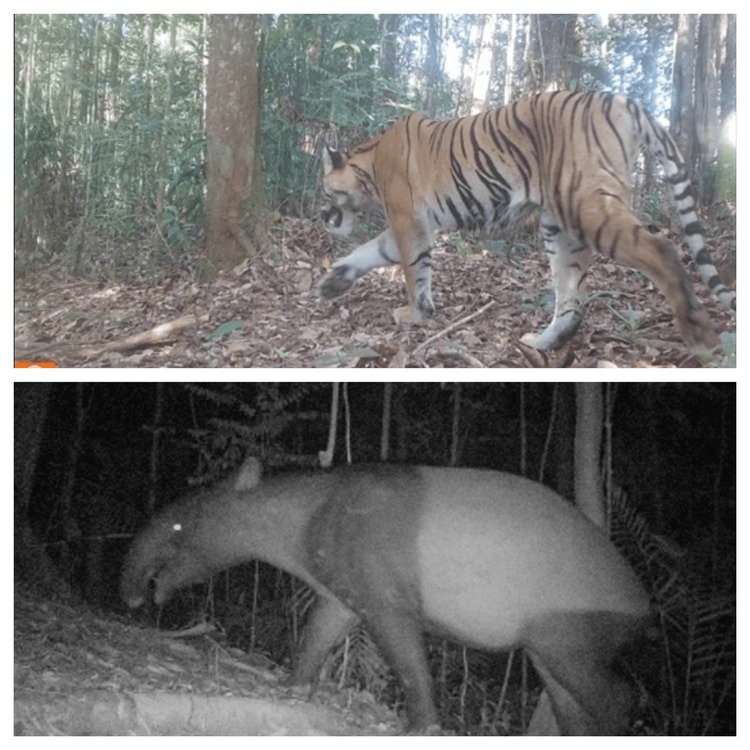Enviro News Asia, Bengkulu – The population of Sumatran tigers (Panthera tigris sumatrae) continues to survive across the landscapes of Bengkulu Province.
This finding emerged from monitoring efforts conducted by the Bengkulu-Lampung Natural Resources Conservation Agency (BKSDA) under the Ministry of Forestry, in collaboration with partners, through the installation of camera traps and field patrols during the 2020–2025 period.
A total of 42 individual Sumatran tigers were detected across three major landscapes: Bukit Balai Rejang Selatan, Seblat, and Bukit Balai Rejang.
This data was obtained from camera trap documentation and routine patrol records by Ministry of Forestry personnel, which noted the presence of tigers and instances of human-wildlife conflict.
During a survey conducted from March to May 2025 in the Seblat area, the team captured 1,860 photo events from 16 camera traps installed over a 52-day period.
These recordings revealed Sumatran tiger activity in the Air Rami Production Forest, Lebong Kandis Limited Production Forest (HPT), and Ipuh I HPT.
The cameras also captured other wildlife species, including tapirs, barking deer, sambar deer, Sumatran elephants, clouded leopards, golden cats, and dholes.
“These results show that the Seblat area remains a critical habitat for Sumatran tigers and other wildlife that play vital roles in maintaining ecosystem balance,” said Himawan Sasongko, Head of the Bengkulu-Lampung BKSDA, in an official statement from the Ministry of Forestry on Monday (August 4, 2025).
As part of the verification process, BKSDA Bengkulu-Lampung, together with local government, NGOs, and conservation partners, held a Focus Group Discussion (FGD) on Sumatran Tiger Data Verification.
The FGD aimed to ensure the accuracy of tiger distribution data in Bengkulu Province as the basis for formulating future conservation action plans.
Although this finding is encouraging, threats to the survival of Sumatran tigers remain high, including poaching, forest encroachment, and human-wildlife conflict due to the shrinking of natural habitats.
Therefore, cross-sector collaboration in protecting forest areas and tiger habitats is crucial.
“The Sumatran tiger is a keystone species. Protecting them means protecting the health of Sumatra’s forest ecosystems,” he added.
This monitoring effort represents a shared commitment to ensuring that Sumatran tigers continue to thrive in their natural habitat, while also raising public awareness of the importance of forest and wildlife conservation. (*)















